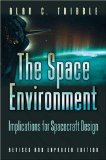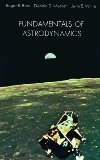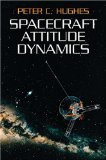ESA dixit:
“From building to liftoff and installation, these images show the making of European space lab Columbus and its daily use for out-of-this-world research.
Like the transatlantic voyages that Christopher Columbus made half a millennium ago, the Columbus module was meticulously planned, budgeted, scrapped and redesigned before getting the official blessing to build, ship and launch.
The laboratory ascended to orbit aboard Space Shuttle Atlantis from the Kennedy Space Center in Florida, USA on 7 February 2008. Nestling in the spaceplane’s cargo bay, Columbus was accompanied by a seven-man crew.
On 11 February, the crew on the International Space Station captured the new arrival. At that moment, Columbus became Europe’s first permanent human outpost in orbit and Europe became a full partner of the International Space Station.
Columbus houses as many disciplines as possible in a small volume, from astrobiology to solar science through metallurgy and psychology – more than 225 experiments have been carried out during this remarkable decade. Countless papers have been published drawing conclusions from experiments performed in Columbus.”
Video credit: ESA









 Subscribe to blog posts using RSS
Subscribe to blog posts using RSS










